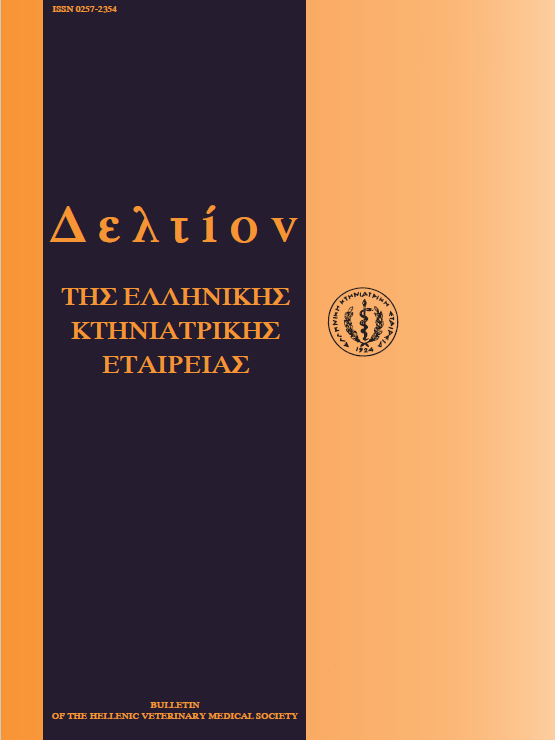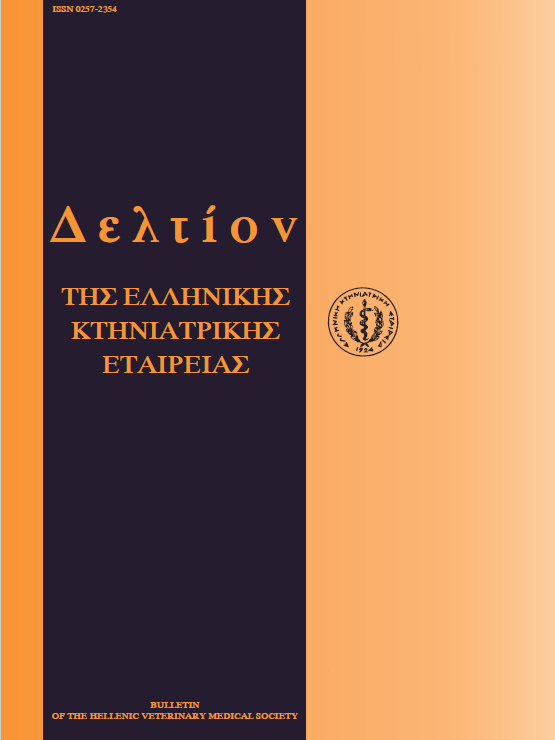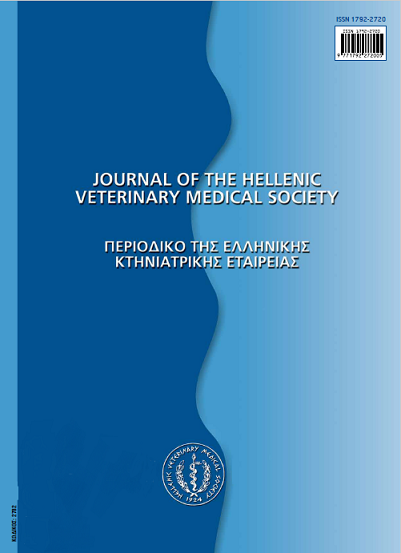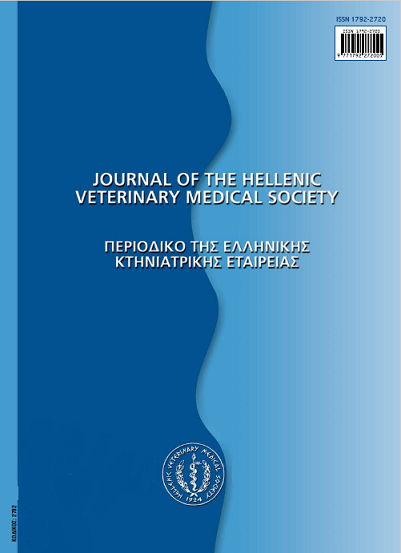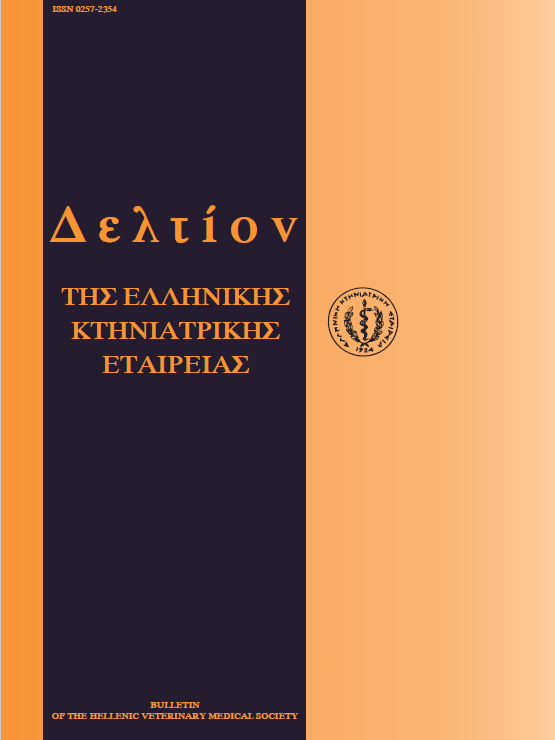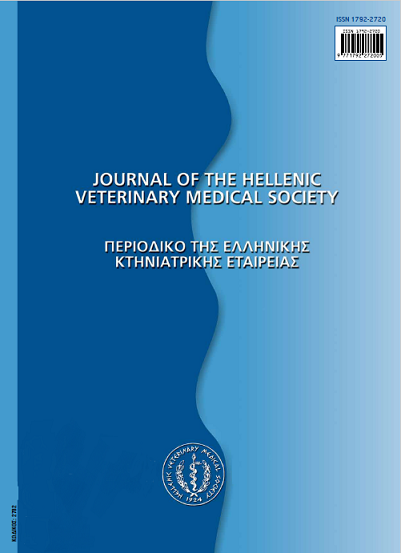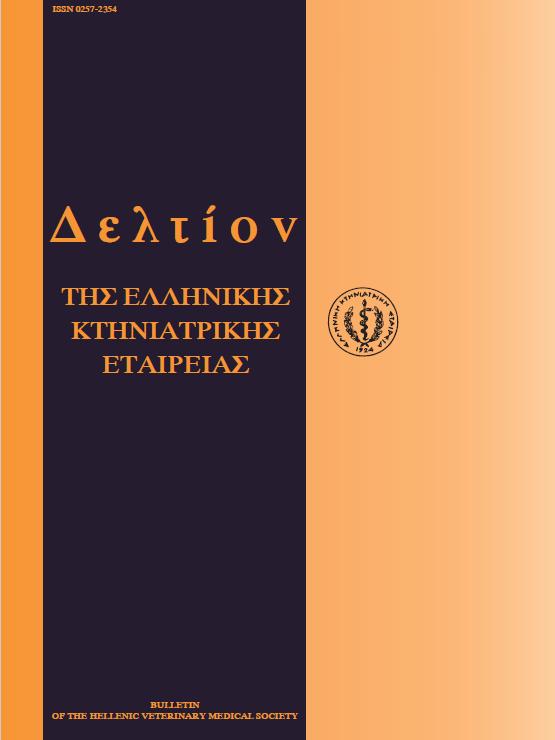Induction of multiple ovulation in rabbits using PMSG and hCG
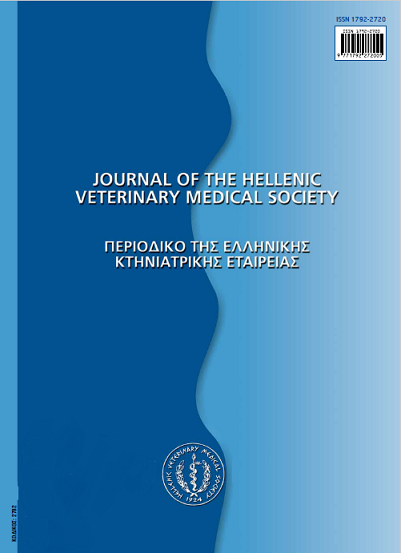
Abstract
In the present study, the feasibility of the effective use of a simplified method for multiple ovulation and for the collection of oocytes-zygotes-embryos (O-Z-E) was investigated. The relationship between the number and quality of O-Z-E and the color of the mucosa of the vulva was also studied. Thirty five New Zealand does and 5 California bucks were used. Does were given one dose of 20 IU/Kg BW of PMSG i.m. Artificial insemination (AI) and administration of a dose of 120 IU/animal of hCG i.v. were carried out 3 days later. Does were sacrificed 19h after AI and the O-Z-E were collected by flushing of the oviducts. 54,24% of the does presented multiple ovulation (Group A), 40,00% did not present the expected (< 10 corpora lutea) reaction (group B) and 5,71% presented no reaction at all to hormone administration. The mean values of O-Z-E collected was 18,53±10,77 in group A and 6,69±5,49 in group Β (P<0,05). However, the mean values of O-Z-E in each group were similar in does presenting different color of the mucosa of the vulva. The color of the mucosa of the vulva was not related to multiple ovulation rates in both groups. In group A, the highest (P<0,05) percentage of O-Z-E was collected from does presenting red color of the mucosa of the vulva (96,20%) and the lowest from does presenting purple color (66,08%). However, the color of the mucosa of the vulva did not affect the percentage of zygotes-embryos (Z-E) that were appropriate for use and ranged from 65,71 to 72,67%. In group B, the color of the mucosa of the vulva did not affect the percentage of O-Z-E, that ranged from 84,00 to 96,43%. However, the percentage of Z-E that were appropriate for further use (a Z-E) was significantly different (P<0,05) and ranged from 33,30% in does presenting rosy color to 84,38% in does presenting purple color of of the mucosa of the vulva. We conclude that, the results of this method are satisfactory and the color of the mucosa of the vulva may be used as a factor in the selection of donors.
Article Details
- How to Cite
-
SARATSI (Α. ΣΑΡΑΤΣΗ) A., TSILIGIANNI (Θ. ΤΣΙΛΙΓΙΑΝΝΗ) T., BESENFELDER, U., ANASTASIADIS (Α. ΑΝΑΣΤΑΣΙΑΔΗΣ) A., VAINAS (Ε. ΒΑΪΝΑΣ) E., & BREM, G. (2018). Induction of multiple ovulation in rabbits using PMSG and hCG. Journal of the Hellenic Veterinary Medical Society, 53(3), 228–236. https://doi.org/10.12681/jhvms.15377
- Issue
- Vol. 53 No. 3 (2002)
- Section
- Research Articles

This work is licensed under a Creative Commons Attribution-NonCommercial 4.0 International License.
Authors who publish with this journal agree to the following terms:
· Authors retain copyright and grant the journal right of first publication with the work simultaneously licensed under a Creative Commons Attribution Non-Commercial License that allows others to share the work with an acknowledgement of the work's authorship and initial publication in this journal.
· Authors are able to enter into separate, additional contractual arrangements for the non-exclusive distribution of the journal's published version of the work (e.g. post it to an institutional repository or publish it in a book), with an acknowledgement of its initial publication in this journal.
· Authors are permitted and encouraged to post their work online (preferably in institutional repositories or on their website) prior to and during the submission process, as it can lead to productive exchanges, as well as earlier and greater citation of published work.



